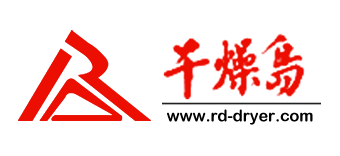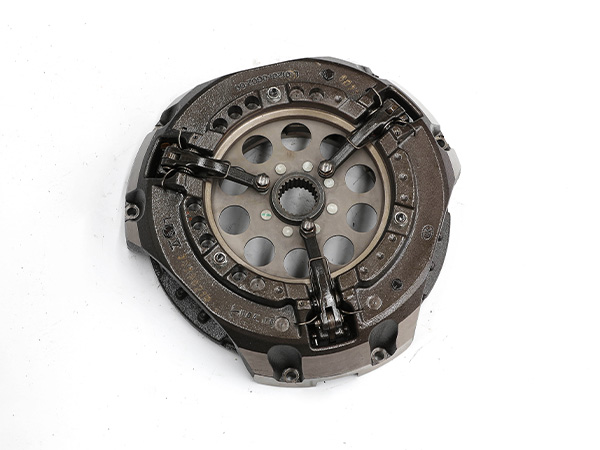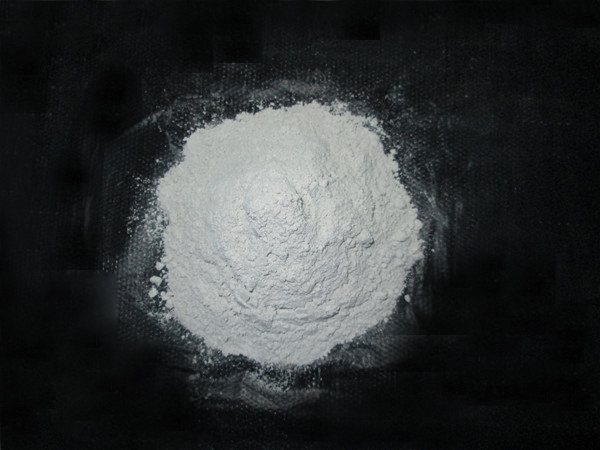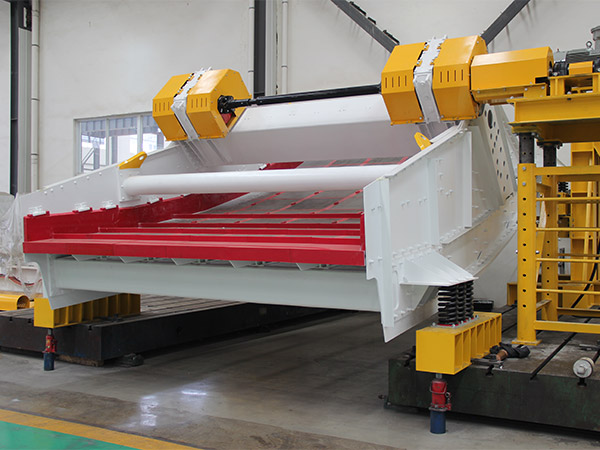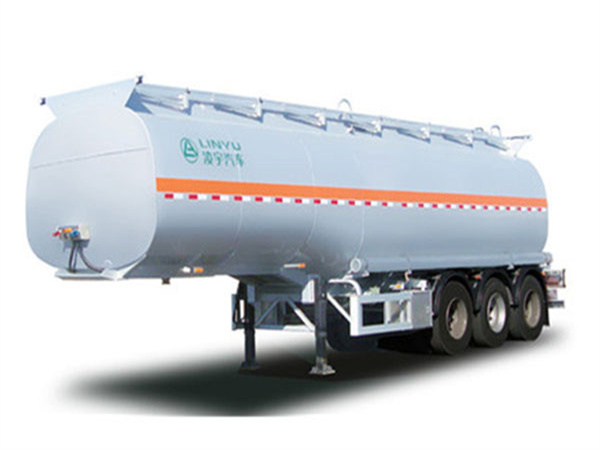Aluminum alloy has begun to be used more and more in the electric vehicle industry. At the same time, aluminum alloy material is also the most widely used metal in all walks of life. The output of aluminum alloy is second only to steel. Aluminum alloys generally have processes such as casting, forging and die casting in the industry.
Different processes meet different application requirements. Among them, aluminum alloy forging has a series of excellent characteristics. After forging, the metal structure of the aluminum alloy can be changed, and the performance of the aluminum alloy can be effectively improved.
CHARACTERISTICS OF ALUMINUM ALLOY FORGING
First of all, the internal organization is fine, uniform and defect-free, and its reliability is far away. It can be processed into high-precision forging with complex shapes, and the machining allowance is small, only about 20% of the machining allowance of the aluminum alloy drawing thick plate, which greatly saves man-hours and costs. Second, the thermal conductivity is good.
The forging temperature range is narrow, and the requirements for the forging temperature are always strict. The performance characteristics of heating die forging are that the aluminum alloy does not produce allotropic transformation. It mainly depends on the correct control of the forging mechanical parameters to improve the metal structure, so that the metal streamline is uniformly and continuously distributed along the forging shape. to improve mechanical properties.
…
Details can be accessed by clicking here:https://www.gold-emperor.com/aluminum-alloy-forging-process/
